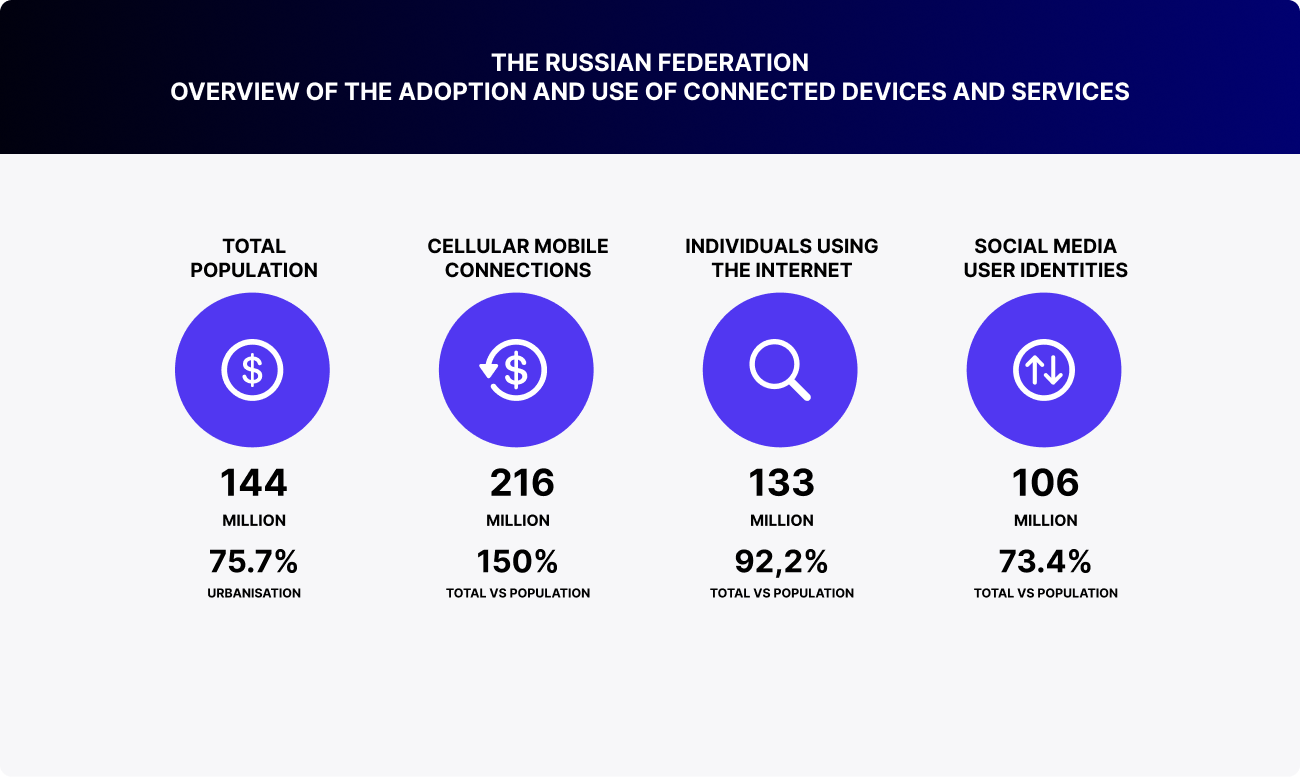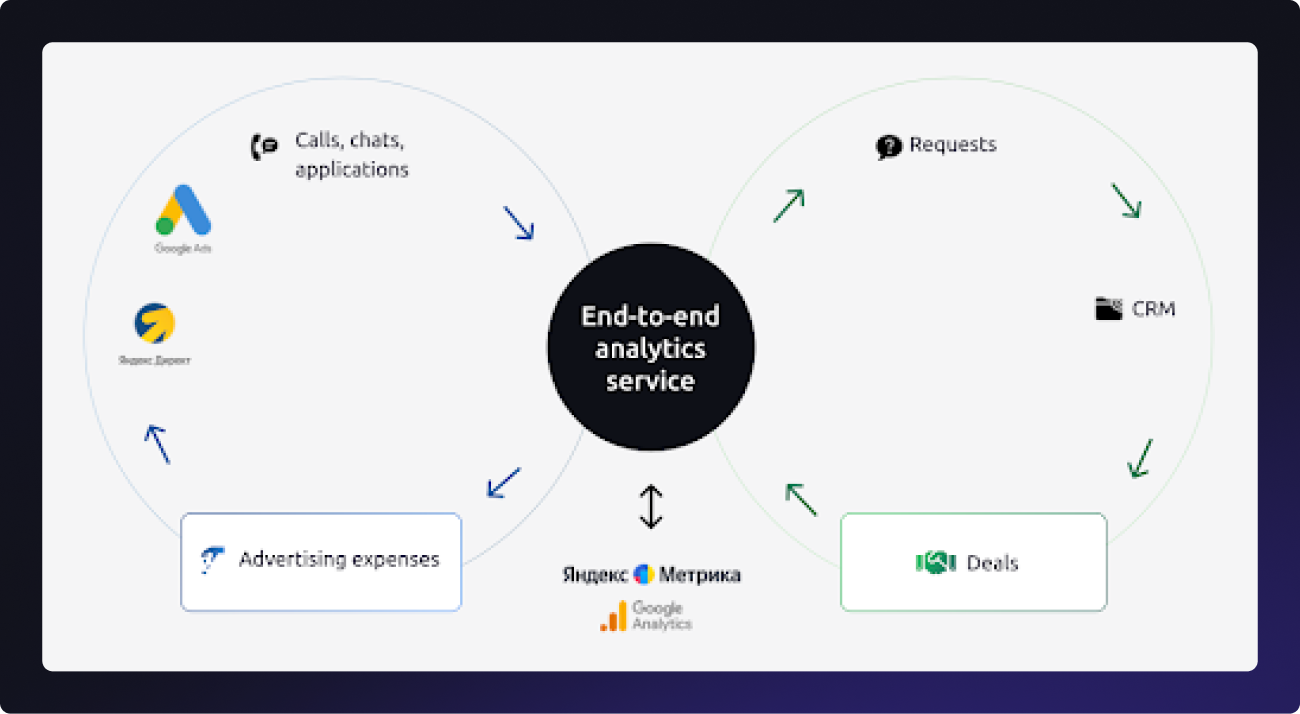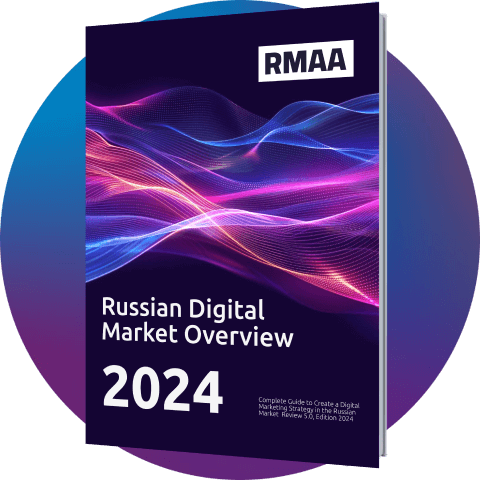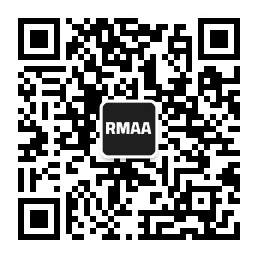Blog about successful marketing strategies in russia
Performance Marketing in Russia: Tools, Goals, and Trends


DIGITAL MARKETING
Share this Post
Performance marketing is a digital promotion strategy based on analyzing the real-time performance of an advertising campaign and paying for specific results. These results may include clicks, purchases, registrations, and other targeted actions. In short, this approach allows businesses to optimize their advertising efforts by considering performance metrics.
However, if you approach performance marketing without sufficient preparation, you will not achieve the best results. If you lack experience in launching such campaigns, it's best to seek advice and assistance from experts. This area has its peculiarities, and the performance market is full of competition. To successfully position your brand, you need to make a quality strategy. Working with analytics and subsequent campaign optimization requires experience. A timely response will save part of the budget or achieve a better result.
Let’s break it down in more detail.
Russian Internet metrics in terms of performance marketing
At the beginning of 2025, there were more than 133 million Internet users in Russia. This represented a penetration rate of 90.4% of the population. 92.2% of the population accessed the Internet daily, spending an average of 4 hours and 17 minutes online per day. More than 106 million Russians today regularly open social networks, representing over 73% of the total number of citizens. This presents various opportunities for performance marketing, as all its tools are directly related to digital.

The largest segment of the Russian advertising market is digital, accounting for 61.5%. In 2024, its total value reached $6.23 billion, showing a 9.7% year-over-year increase.
The biggest slice of spending goes to paid search, which brought in $3.02 billion—nearly half of all digital ad spend (48.5%). Social media ranks second, with brands investing $1.62 billion. Interest in this channel has grown significantly, up 22.7% over the past year.
In-app ads are another key format, generating $1.60 billion, which makes up 25.7% of the digital segment. Video advertising reached $1.09 billion and continues to be a core element of many ad strategies.
Influencer marketing still holds a modest share of the ad market, but it’s gaining momentum. Over the past year, the segment grew by 11.8%, hitting $190 million. This growth is closely tied to how actively Russians engage with social media, where content creators promote brands and build loyal communities.
Today, 106 million Russians—73.4% of the population—are registered on social platforms. The most visited apps are Telegram (78.3%) and WhatsApp (73.9%). VK remains one of the top players, reaching 93.8 million users, or 67.7% of the population. TikTok has an audience of 56 million (39.5%), and despite being officially blocked, Instagram is still accessed via VPN by 20.5% of users.
Naturally, with such a highly engaged audience, brands are seeking increasingly precise and tech-driven ways to promote their products. Last year, the performance marketing landscape in Russia didn’t just grow—it rapidly adapted to a shifting environment. At the core of this transformation are AI and automation, particularly on platforms like Yandex.Direct and VK. Yandex, for example, rolled out neural network tools for ad creation and deepened its partnerships with major marketplaces.
However, higher efficiency also came with rising costs. In the first half of the year, conversion costs jumped by 42.4%, while cost-per-click rose by 7.1% compared to the same period two years ago.
In 2025, marketing is expected to become even more personalized and tech-forward. Voice search, interaction with smart assistants, and tailoring content to new user behaviors are taking center stage.
As the market evolves, so do the tools and strategies that help brands connect more precisely with their audiences.
Key performance marketing tools in Russia
Brands are looking for more precise ways to attract customers, and ad platforms are responding with increasingly advanced solutions.
At the forefront is paid ads on Yandex.Direct. Following closely behind is paid social, with VK Ads Manager 2.0 introducing a new interface and flexible targeting options that allow for better alignment with user interests and faster campaign adjustments.
Marketplace advertising on platforms like Ozon and Wildberries is also becoming a key part of promotional strategies. Brands are showcasing products directly at the point of sale, helping boost reach and drive fast conversions.
At the same time, programmatic advertising is gaining traction. Automated buying tools—DSPs and SSPs—make it easier to allocate budgets efficiently and engage audiences based on real-time data.
Meanwhile, channels like email marketing and SMM remain essential. They’re still effective for maintaining attention, re-engaging users, and staying connected with loyal customers.
Of course, all of this is complemented by SEO and content marketing. A well-structured website and valuable, relevant content continue to drive organic traffic and build brand trust. Today's performance marketing is shaped by these various touchpoints. Together, they fuel steady business growth.
Let’s take a closer look at the most prominent and effective platforms for running paid campaigns—the go-to choices for brands focused on immediate results.
Platforms for launching paid advertising
Yandex.Direct is the most popular advertising system in Russia. It allows businesses to promote products and services through several channels simultaneously, including the search network, their own and partner websites and applications, and the Yandex advertising network (over 50,000 resources). The year before last, the company successfully tested the launch of advertising in public Telegram channels, and this function is now also available to Yandex.Direct users.
This tool is popular due to its flexibility. With Direct, you can run product and media advertising, as well as retargeting. For each of these areas, you can customize the display locations and ad appearance. For more information on product promotion strategies, including lead generation approaches, please refer to our article.
In the early days of performance ads, advertisers actively used the myTarget service, which is now owned by VK. However, it was replaced by VK Ads, which quickly gained popularity and allows users to deploy a full-fledged campaign on the largest platforms of the VK Group (VKontakte, Odnoklassniki, Mail.ru, Skillbox, etc.) and its partners (Avito, Yula, etc.).
The platform enables users to plan and run advertising campaigns and monitor data, budget, and results. VK Advertising offers the most convenient solution for promoting websites, mobile applications, and VK mini-apps, as well as lead forms, communities, product catalogs, music, videos, and broadcasts.
This tool offers several advantages, including the ability to use universal ads that automatically adapt to different formats and display locations. Furthermore, VK Ads is equipped with the capability to independently optimize the campaign budget, reallocating it to those ads that yield the highest conversions.
Telegram Ads offers the opportunity to place advertisements in channels with more than 1,000 subscribers. The ads will be visible to users who do not have a Premium subscription.
Advertisers may utilize only one ad format: short text and a button. Additionally, you have the option of including a link to your channel in Messenger and an external website. Although the tool may appear somewhat limited at first, its lack of variability in the design of ads can be easily offset by the sheer number of users on the messenger platform itself.
Core Analytics Tools
Google Analytics has been irrelevant to the Russian market since 2022. By 2025, it has been fully replaced by local platforms like Yandex Metrica, Roistat, Calltouch, and myTracker. These tools offer end-to-end analytics, including call tracking, multi-channel performance insights, and fraud traffic control.
Yandex Metrica
This is the primary analytics solution for the Russian digital landscape. It supports scenario-based user behavior analysis, goal tracking, heatmaps, traffic segmentation, and detailed funnel visualizations. As of 2025, Metrica is fully integrated with Yandex Direct, major marketplaces, and CRM systems, making it the central data hub for most digital businesses.
Roistat
A comprehensive marketing platform used for building full-funnel analytics, tracking key performance metrics, and automating business processes. It includes a SEO auditor, multi-channel funnel analysis, call tracking, email performance tools, and BI capabilities to assess real ROI across every traffic source.
The following platforms differ significantly from Yandex.Metrics and Google Analytics, which are primarily focused on identifying sources of bids. Advanced analytics systems offer a comprehensive view of the customer journey, tracking it through to the moment of purchase. They enable businesses to evaluate the costs associated with clicks and other user actions (such as calls) in terms of their impact on sales, providing a more detailed analysis of marketing effectiveness.

Calltouch
One of the most flexible analytics services in Russia, it consolidates data from CRMs, ad platforms, and telephony, automatically identifying which campaigns are profitable and which are not. It supports data imports from Ozon, VK Ads, Yandex, and third-party DSPs. Widely used by brands with high inbound traffic.
CoMagic
Includes ready-made dashboards, automated reports, lead scoring and integrations with major CMS. It's one of the leaders in the SMB segment in 2025.
Calltracking
Calltracking is another end-to-end analytics and call tracking service. It provides a detailed analysis of costs and profits, allows you to estimate the cost of each lead and monitor the effectiveness of advertising. In addition, it integrates free of charge into more than 27 services, including Yandex.Metrica, Roistat, RetailCRM и другие and others.
Traffic Verification Tools
There are three main methods for ensuring traffic authenticity and protecting a brand's advertising environment: analytics systems, embedded Brand Safety systems, fraud protection in programmatic platforms (DSP), and specialized services for traffic verification. These approaches provide comprehensive tools for monitoring, verifying, and protecting digital advertising, ensuring that brands can safely and effectively engage with their target audiences. Furthermore, each service offers additional functionality.
For instance:
-
Admon.ai is a service that independently audits traffic and identifies potential website vulnerabilities. It’s a valuable tool for enhancing transparency in traffic, tracking user journeys, and filtering out low-quality metrics.
-
MyTracker is a multi-platform analytics system that collects and offers users detailed statistics on resource usage. This is a convenient service to evaluate traffic efficiency and analyze their audience.
-
Weborama is a platform that provides data solutions to enhance campaign marketing performance and optimize its costs. Weborama fuses semantic analysis with in-depth audience insights, offering ready-to-activate segments. The service offers a range of solutions, including tracking and verification of advertising, as well as programmatic placement.
-
Adriver is a comprehensive system designed for the management and auditing of digital advertising (including video advertising), as well as the evaluation of campaigns and the strategic use of data. The service offers a range of tools, including reports, traffic verification, and the ability to purchase ad impressions in an open auction (Soloway DSP).
Programmatic Platforms
It is estimated that 45% of companies in Russia, including international companies, have increased their budgets for independent programmatic platforms. This is largely because Western advertising platforms have ceased operations in Russia. While major market players such as Yandex.Direct, VK Ads, etc. cannot fully meet the needs of advertisers, AdTech companies offer their unique solutions as an alternative. It is important to note that programmatic platforms are primarily designed for awareness campaigns, rather than performance-based advertising. Programmatic platforms are typically employed for performance marketing when the capacity of the primary advertising channels, such as Yandex and VK, has been fully utilized. In certain instances, programmatic platforms may be employed for performance tasks, facilitating the promotion of niche, specific markets, for instance, the downloading and installation of mobile applications.
These tools form the foundation for the development of effective performance marketing strategies. Furthermore, the list is not exhaustive. The selection of a tool is contingent upon the specific needs and objectives of the promotion. These tools enable companies to achieve superior results through comprehensive analysis, control of fraud traffic, and precise audience segmentation.
In the next article, we will discuss the components of a campaign, the additional resources required at launch, and the current trends in performance marketing.
Join 2,000+
of your Peers!
You will be the first to know about Russian marketing insights, news and updates from our agency. Stay tuned!
Get our latest articles delivered to your email inbox and get our exclusive White Paper
"Digital Marketing in Russia. Finding your customers on the internet"
for FREE!
Russian Digital Market Overview
Strategic Insights into Russian Digital Marketing Landscape

Ready to partner with the specialists in Russian marketing and advertising?
About the Author
Digital Strategist. Head of one of the project groups at RMAA. Maria started her journey in digital marketing in 2009.
Join 2,000+ of your Peers!
Get our latest articles delivered to your email inbox and get our exclusive White Paper "Digital Marketing in Russia. Finding your customers on the internet" for FREE!
You will be the first to know about Russian marketing insights,
news and updates from our agency.
Stay tuned!
We're updating our website's design step by step, so some pages may look different. Thank you for your understanding.
Got it














